Muscle cars from the 1960s and early 1970s were built for speed, often pushing the limits of what was practical—or even safe—for regular roads. These machines packed massive V8s into lightweight frames, delivering raw power that thrilled drivers but raised eyebrows among regulators and insurers. Below, we’ll look at ten cars that were so quick they felt more at home on a drag strip than a city street, digging into their specs, costs, and the history that made them legends.
1964 Pontiac GTO

The Pontiac GTO kicked off the muscle car craze, stuffing a 389-cubic-inch V8 into a midsize Tempest. With 325 horsepower and 428 lb-ft of torque, it hit 0-60 in about 6.6 seconds. Production costs were low, around $2,800, thanks to shared GM parts. Its Tri-Power carburetor option boosted output to 348 horsepower, making it a street menace. GM initially resisted, but John DeLorean’s team snuck it past corporate rules, creating a car that defined a generation.
Sales soared, with 32,450 units moved in 1964, proving demand for affordable speed. The GTO’s success forced rivals to respond, sparking the horsepower wars. Its handling was crude, and brakes struggled with the power, but that didn’t stop it from becoming a cultural icon. Insurance companies later targeted it for high rates, hinting at its untamed nature. The GTO wasn’t just fast—it changed how Detroit built cars.
1966 Shelby Cobra 427
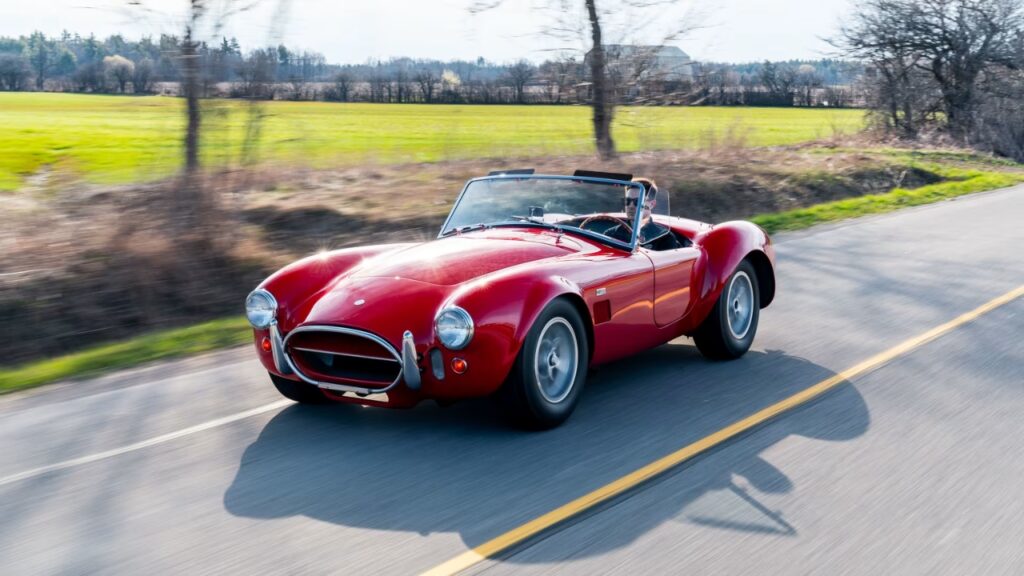
Carroll Shelby’s Cobra 427 was a beast, cramming a 427-cubic-inch V8 into a lightweight roadster. It pumped out 425 horsepower and 480 lb-ft of torque, hitting 0-60 in 4.3 seconds. Base price was steep at $7,500, reflecting hand-built quality. Only 348 were made, as costs and complexity killed mass production. Designed for racing, its street version was barely legal, with minimal comforts and a deafening exhaust.
The Cobra’s power-to-weight ratio was unreal, but it was a handful to drive. No traction control, skinny tires, and a twitchy chassis meant you needed skill to tame it. Ford backed Shelby to outrun Corvettes, and the 427 delivered, dominating tracks. On the street, it was overkill—too raw for daily use but a legend for those who dared. Its rarity and performance still drive million-dollar auction prices.
1967 Chevrolet Corvette L88
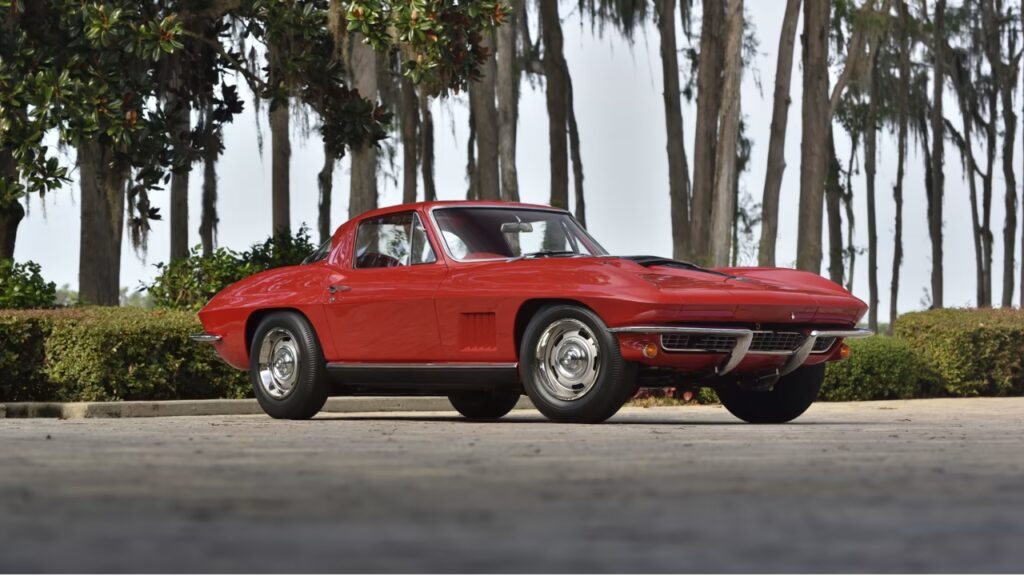
The 1967 Corvette L88 was a race car in disguise, with a 427-cubic-inch V8 rated at 430 horsepower but closer to 560 in reality. It ran the quarter-mile in 11.2 seconds. Priced at $5,600 with the $947 L88 option, only 20 were built, aimed at racers. Aluminum heads and a massive carburetor made it a fuel hog. Chevy downplayed its power to dodge GM’s racing ban.
Built for drag strips and road courses, the L88 was impractical for streets. No radio, no heater, and stiff suspension screamed race-only intent. Its rarity came from Chevy’s stealth marketing—dealers barely knew it existed. Those who bought one got a monster that outran most rivals. Today, L88 Corvettes fetch millions, a nod to their unmatched performance and historical secrecy.
1968 Dodge Charger R/T

The 1968 Charger R/T, with its sleek fastback, housed a 426 Hemi V8 churning 425 horsepower and 490 lb-ft of torque. It hit 0-60 in 4.8 seconds and ran the quarter-mile in 13.5 seconds. Base price was $3,500, but the Hemi added $600. Dodge built 17,000 R/Ts, though Hemi versions were rare. Its starring role in Bullitt cemented its fame.
The Charger’s heavy body—nearly 4,400 pounds—didn’t slow it much, thanks to the Hemi’s brute force. Built for NASCAR homologation, it was overpowered for streets, with weak brakes and vague handling. Chrysler’s focus on raw speed made it a drag-strip king but a challenge for daily driving. Its iconic look and power keep it a collector favorite today.
1968 Hurst Hemi Dart

The 1968 Hurst Hemi Dart was a factory drag car, not meant for streets. Its 426 Hemi V8 made 425 horsepower, propelling the 3,000-pound Dart to 0-60 in under 5 seconds and quarter-miles in the low 11s. Priced at $4,500, only 80 were built by Hurst for Dodge. They came with a no-warranty disclaimer, built purely for racing.
Lightweight panels, deleted rear seats, and no soundproofing kept weight down. The Hemi Dart was too wild for public roads—its race-tuned suspension and slick tires made it twitchy. Dodge needed it for NHRA homologation, but buyers got a barely legal missile. These Darts are now ultra-rare, with surviving examples fetching high six figures at auctions.
1969 Dodge Daytona

The 1969 Dodge Daytona was built for NASCAR, with a 426 Hemi V8 producing 425 horsepower. Its aerodynamic nose and massive wing pushed top speeds near 200 mph. Street versions cost $4,000, with 503 built for homologation. It ran 0-60 in 5.6 seconds and the quarter-mile in 13.8 seconds. The wing and nose made it a street oddity.
Daytonas dominated NASCAR, winning in 1969, but new rules banned them by 1970. On roads, the Hemi’s power overwhelmed the chassis, and the wing drew stares. Handling was sloppy, and brakes faded fast. Collectors chase them now, with prices topping $150,000. The Daytona’s race-bred design and rarity make it a muscle car icon.
1969 Chevrolet Camaro ZL1

The 1969 Camaro ZL1 packed an all-aluminum 427 V8, rated at 430 horsepower but likely over 550. It hit 0-60 in 5.3 seconds and ran the quarter-mile in 11.2 seconds. Priced at $7,200, only 69 were built via special COPO orders. Its race-spec engine, developed for Can-Am racing, was barely streetable.
Dealers like Yenko used loopholes to order these for drag racing. The ZL1’s lightweight block and high-revving nature made it a strip terror but a street nightmare—finicky and prone to overheating. No badges hinted at its power, keeping it a sleeper. Today, ZL1s sell for over $400,000, prized for their rarity and raw performance.
1970 Plymouth Hemi ‘Cuda
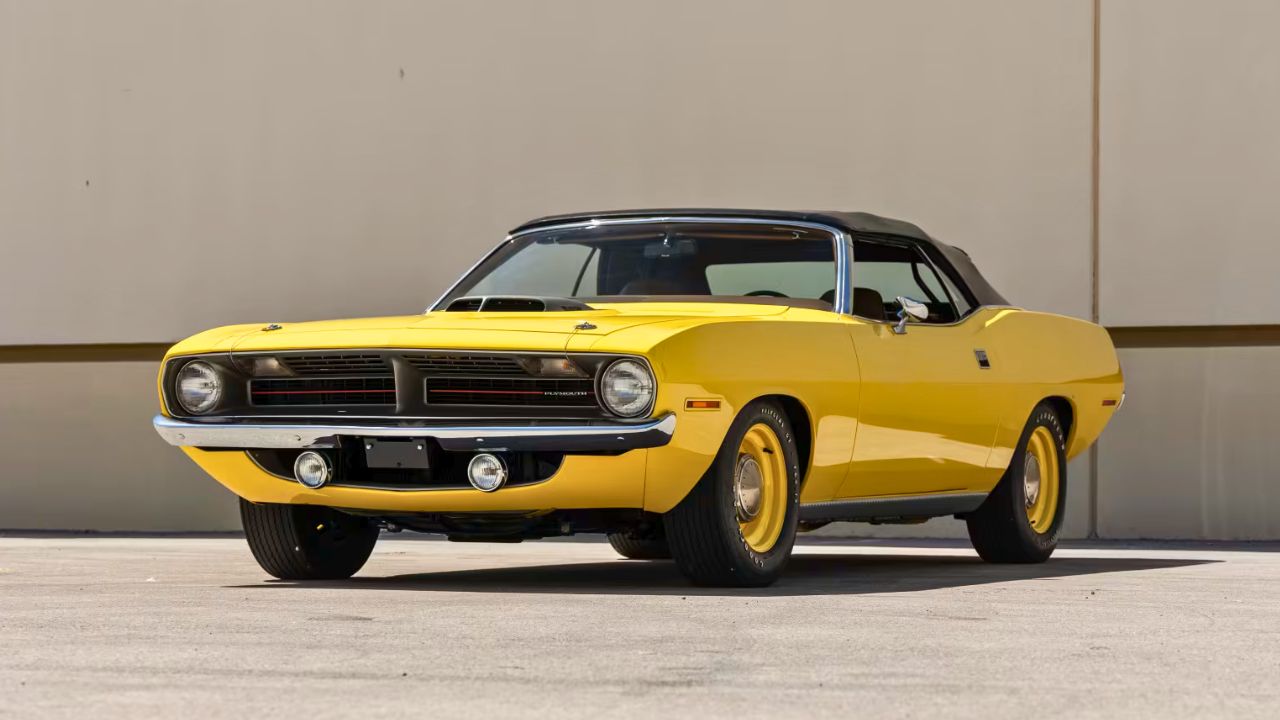
The 1970 Plymouth Hemi ‘Cuda paired a 426 Hemi V8 with 425 horsepower and 490 lb-ft of torque to a sleek E-body. It hit 0-60 in 5.8 seconds and the quarter-mile in 13.9 seconds. Base price was $3,200, but the Hemi option pushed it to $4,000. Only 652 were built, making it rare.
The ‘Cuda’s aggressive styling and massive power made it a street legend, but its handling and brakes couldn’t keep up. Built to homologate the Hemi for racing, it was overkill for roads. Insurance hikes and emissions rules soon killed it. Today, Hemi ‘Cudas are million-dollar cars, cherished for their looks and brute force.
1970 Chevrolet Chevelle SS 454

The 1970 Chevelle SS 454 housed a 454-cubic-inch V8 with 450 horsepower and 500 lb-ft of torque. It sprinted to 60 mph in 6 seconds and ran the quarter-mile in 13.4 seconds. Priced at $3,500, it was a bargain for the power. Chevy built thousands, though LS6-equipped models were rarer.
The Chevelle’s big-block power made it a drag-strip star, but its heavy frame and weak brakes struggled on streets. It was peak muscle car, just before emissions laws choked performance. Its iconic design and raw speed keep it a favorite. Collectors pay $100,000-plus for clean LS6 models, a nod to its dominance.
1964 Ford Thunderbolt

The 1964 Ford Thunderbolt was a drag-strip weapon, stuffing a 427 V8 with 425 horsepower into a lightweight Fairlane. It hit 0-60 in 5.8 seconds and the quarter-mile in 11.76 seconds. Priced at $3,900, only 111 were built for NHRA racing. Fiberglass panels and minimal interiors kept weight at 3,200 pounds.
Ford aimed to beat Mopar at the strip, and the Thunderbolt delivered, winning the 1964 NHRA Super Stock title. On streets, it was miserable—harsh, loud, and barely legal. Its race-only focus made it impractical for daily use. Today, surviving Thunderbolts are rare, with prices hitting $200,000 for their historical significance.
Like Fast Lane Only’s content? Be sure to follow us.
Here’s more from us:


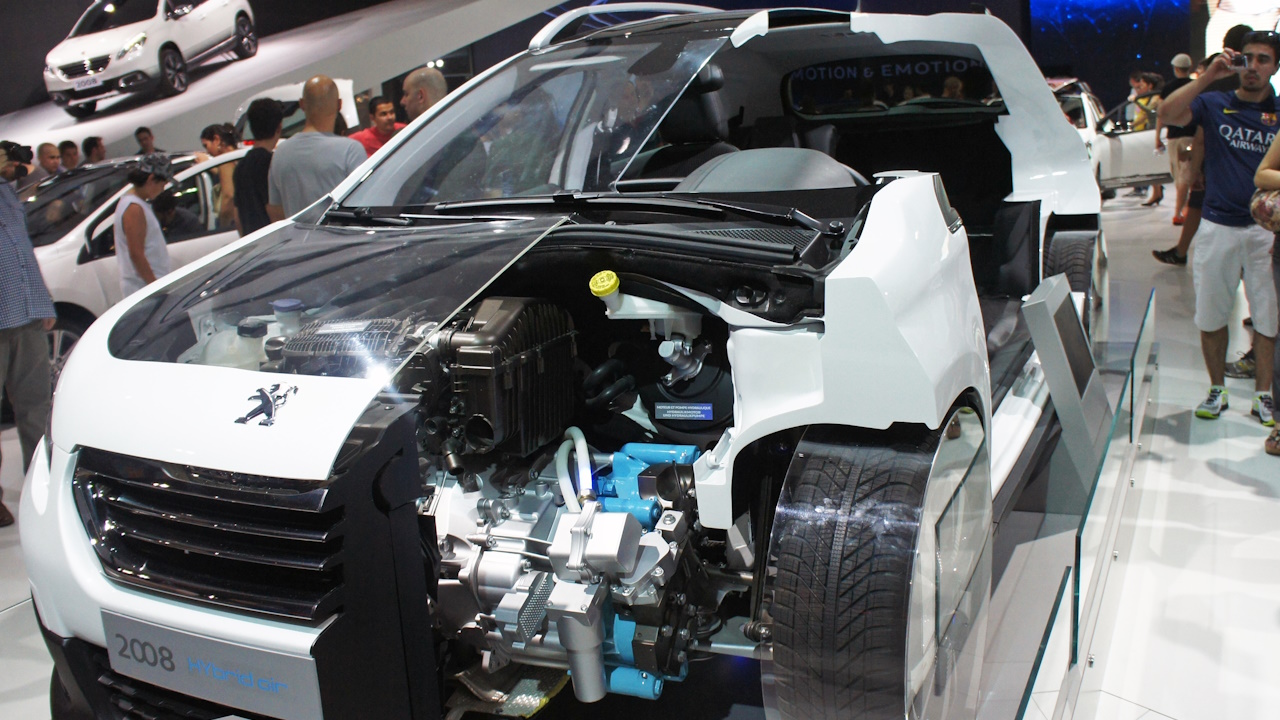
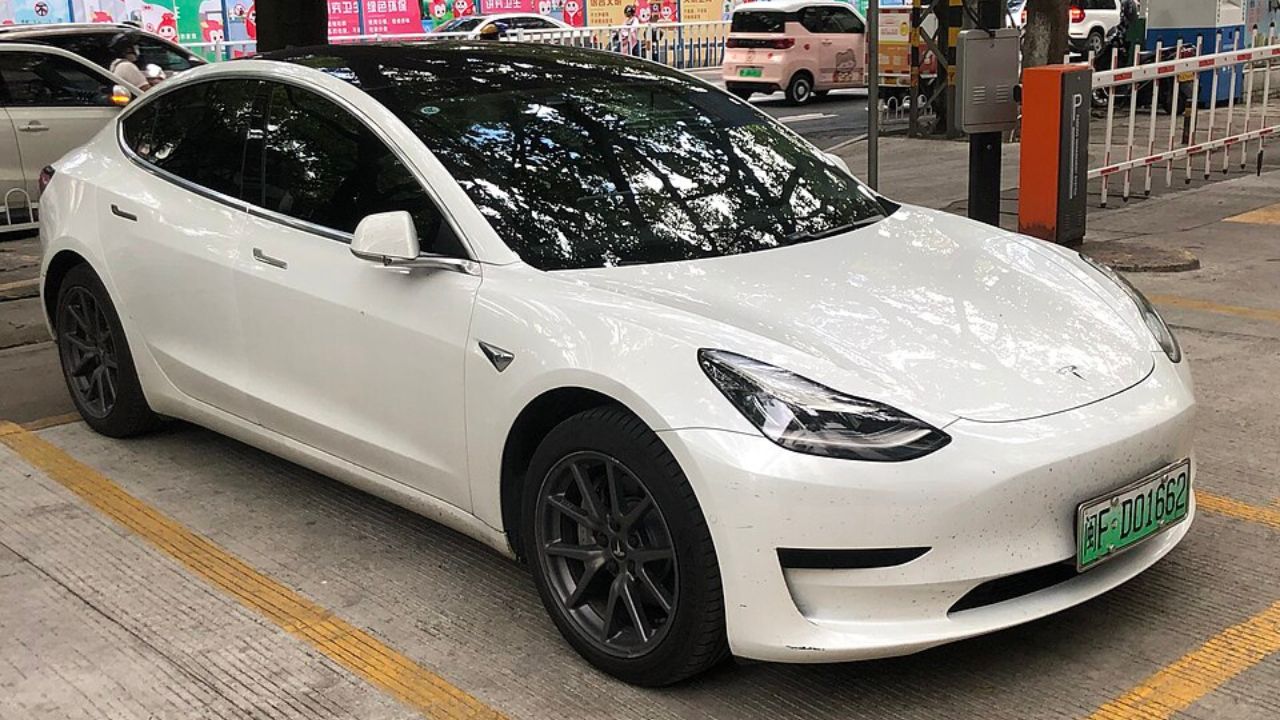
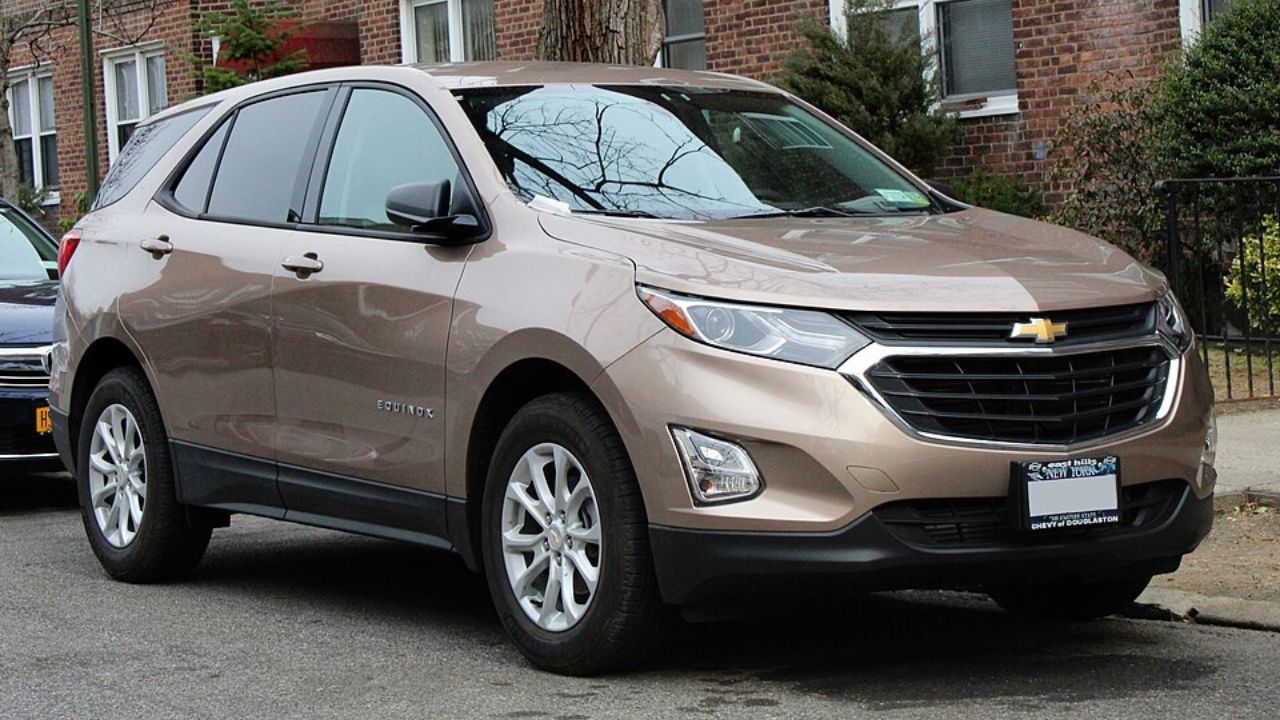

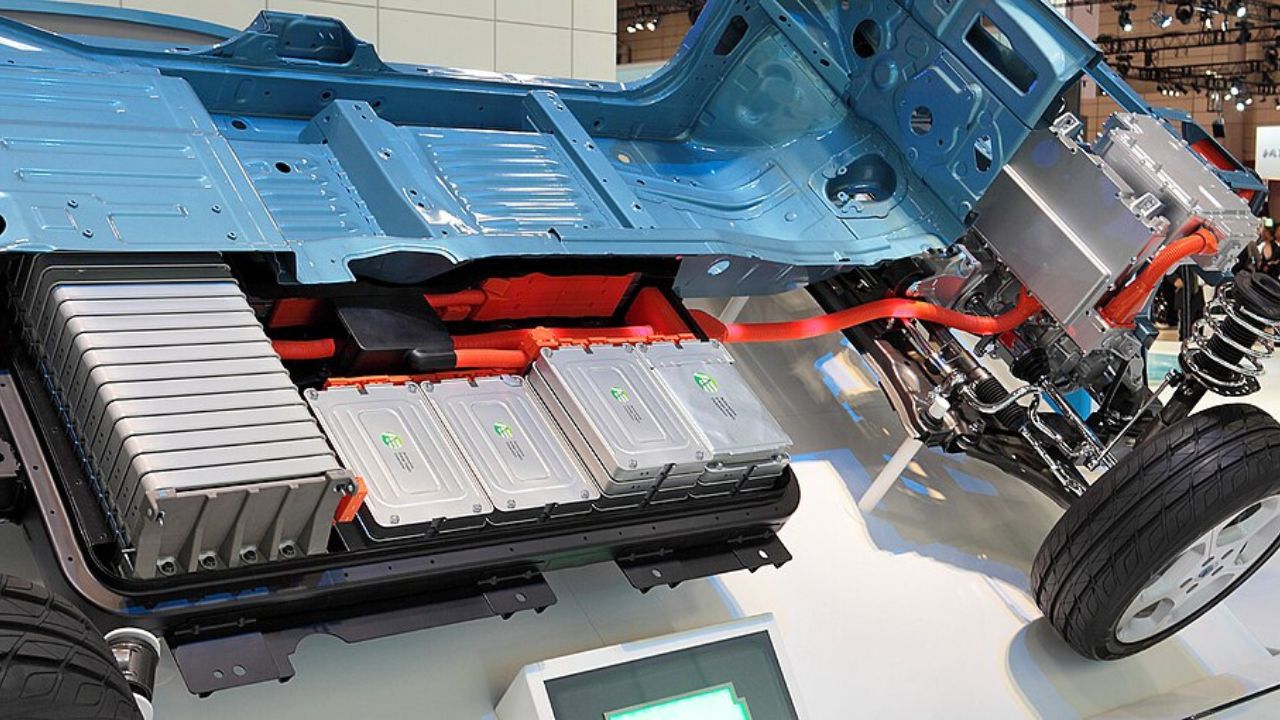
Leave a Reply